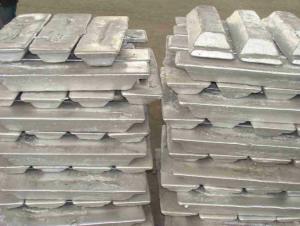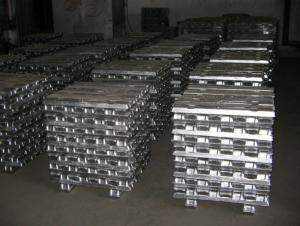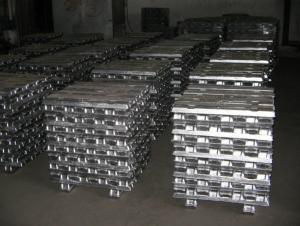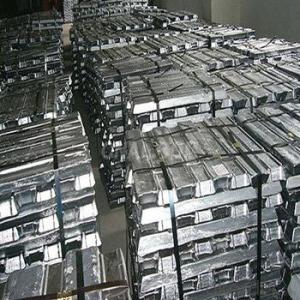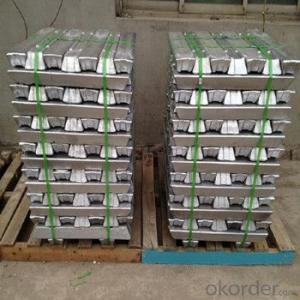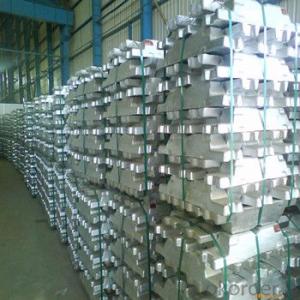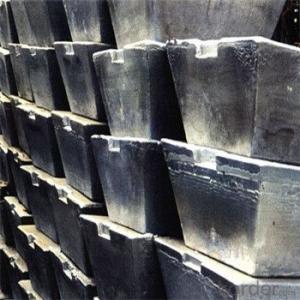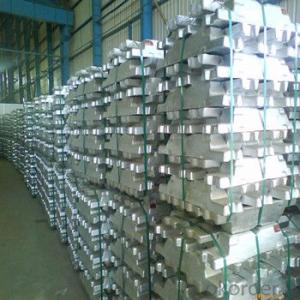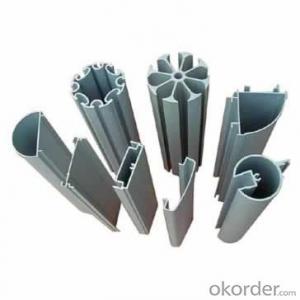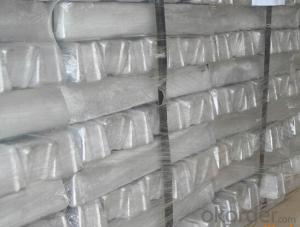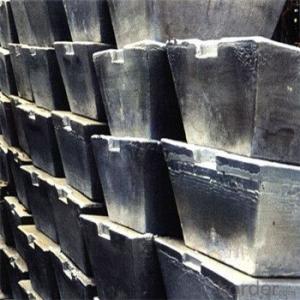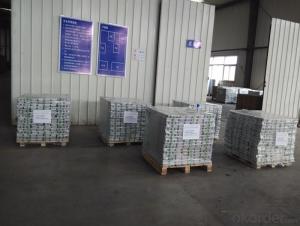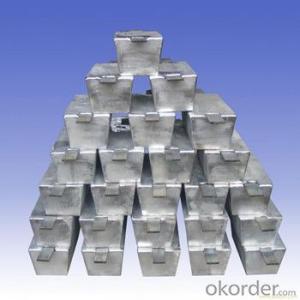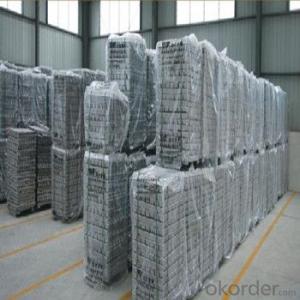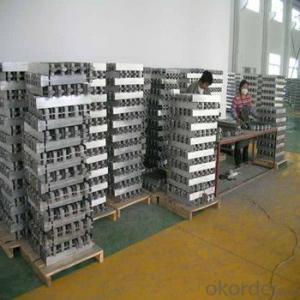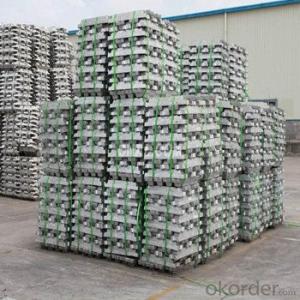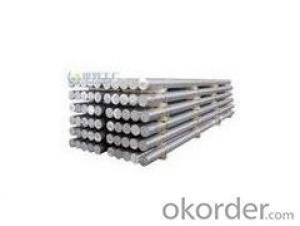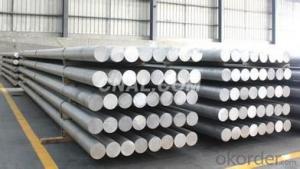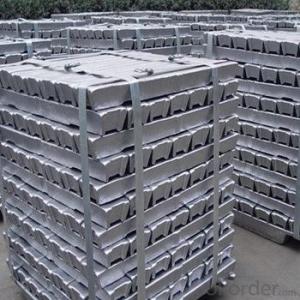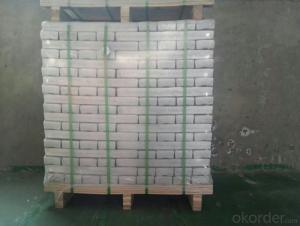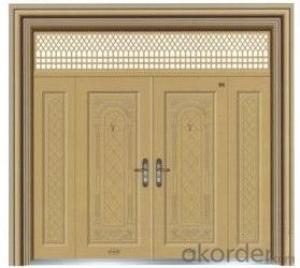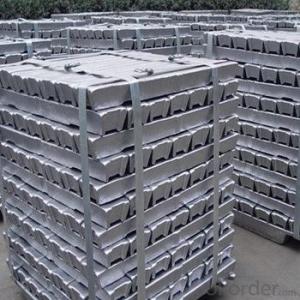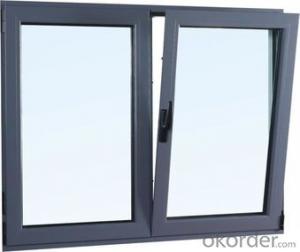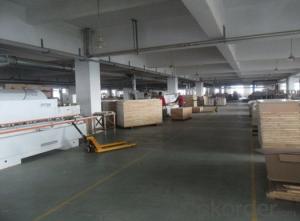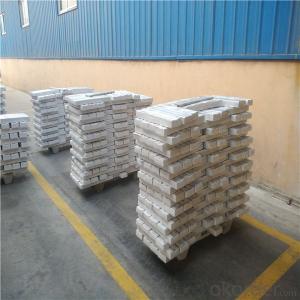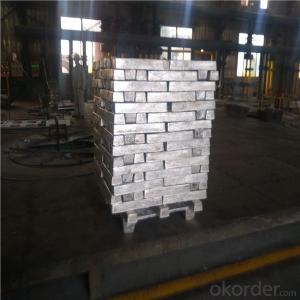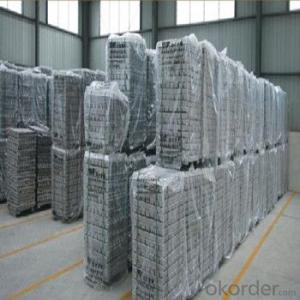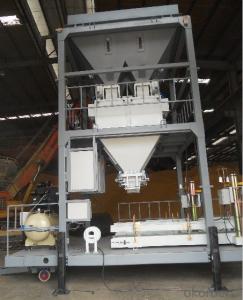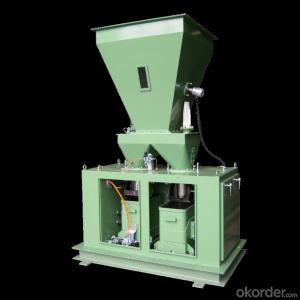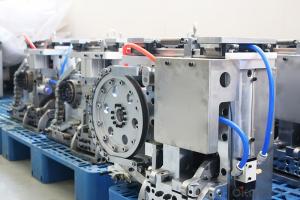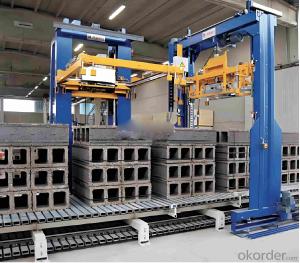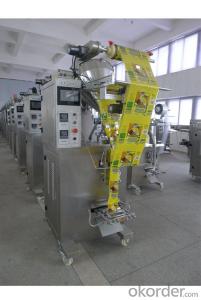Aluminium Ingots Uk
Aluminium Ingots Uk Related Searches
Lead Ingots Uk Pewter Ingots Uk White Metal Ingots Aluminum Angle Iron Aluminum Boron Alloy Ingot Aluminium Coating Angle Stock Aluminum Angle Aluminum Aluminum Awnings Aluminum Gates Aluminum Angle Aluminium Circle Aluminium Curtain Wall Insulating Aluminum Window Frames Antimony Ingot Importer 1 2 Aluminum Angle Stock Aluminum 45 Degree Angle Stock Cooking Aluminium Circle Aluminium Square Tube Stock Ford Aluminum Rims 2 Inch Aluminum Angle Stock Aluminum Frame Tents Stock Aluminum Shapes Aluminum Awning Windows Mft Minimalist Stock Aluminum 45 Degree Angle Aluminum Stock Aluminum 90 Degree Angle Stock Aluminum Angle Stock Dimensions 2 Aluminum Stock Tin IngotAluminium Ingots Uk Supplier & Manufacturer from China
Aluminium Ingots UK is a product that is widely used in various industries due to its versatile properties. This metal is known for its high strength-to-weight ratio, corrosion resistance, and excellent thermal and electrical conductivity, making it a popular choice for manufacturing a range of products. From automotive components to construction materials and consumer electronics, aluminium ingots play a crucial role in the production process.Aluminium ingots are used in numerous applications and usage scenarios, such as in the aerospace, automotive, and packaging industries. Their lightweight nature makes them ideal for components that require strength without adding excessive weight, while their resistance to corrosion makes them suitable for outdoor applications and long-lasting products. Additionally, aluminium ingots are used in the production of various alloys, which further expand their range of applications in different industries.
Okorder.com is a reputable wholesale supplier of Aluminium Ingots UK, offering a large inventory of this essential product. With a commitment to quality and customer satisfaction, Okorder.com ensures that their aluminium ingots meet the highest standards and are available at competitive prices. This makes them a reliable source for businesses looking to incorporate aluminium ingots into their manufacturing processes or for those seeking to stock up on this valuable commodity.
Hot Products


